Last updated on November 19th, 2023
Featured image: View of Tabaccara, Lampedusa / Photo by bepsy on Shutterstock
Less-Travelled Places to Get Off-the-Grid, as Recommended by JourneyWomen
By Amanda Burgess, Editor, JourneyWoman
As women around the world refresh their bucket lists, conscious travellers will be more deliberate about their choices. While some women will want to return to places they know well, we think many will choose to follow their curiosity to new, undiscovered destinations.
In our recent Travel Dreams survey, women shared their recommended less-travelled places. Below, we present the first five of these in an ongoing series of Off-the-Grid Travel Destinations as selected by JourneyWomen, with some colour commentary to help you choose the ones for you. (Editor’s Note: Bet you can’t choose just one!)
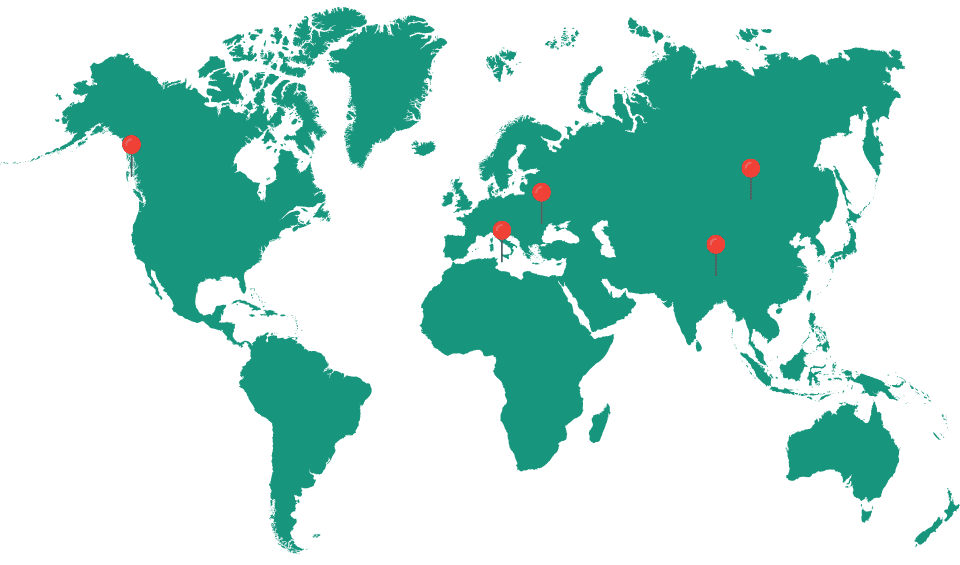

1. Bhutan
This South Asian country – landlocked between India, Tibet, China, and Nepal – is the birthplace of the Gross National Happiness (GNI) Index. In Bhutan, happiness is measured as an output more valued than GDP. Education and healthcare are free for all citizens. It’s not only one of the world’s happiest countries; it’s also one of the greenest, with 70% of it forest-covered. Bhutan’s constitution mandates that at least 60% of the land be conserved, and while many countries struggle to reduce carbon emissions, Bhutan is carbon neutral. It’s the world’s only Buddhist Kingdom, and – open to tourism only since the 1970s – is still shrouded in mystery. Buddhist philosophy and its deep respect for all living creatures make it a place where solo travelling women feel a high degree of personal security. The country has adopted a “low volume, high quality” tourism strategy including a US$250 per day/per person tariff. Solo travellers pay a surplus of $US40 per day for a total of US$290.
To learn more about Bhutan, visit: www.tourism.gov.bt
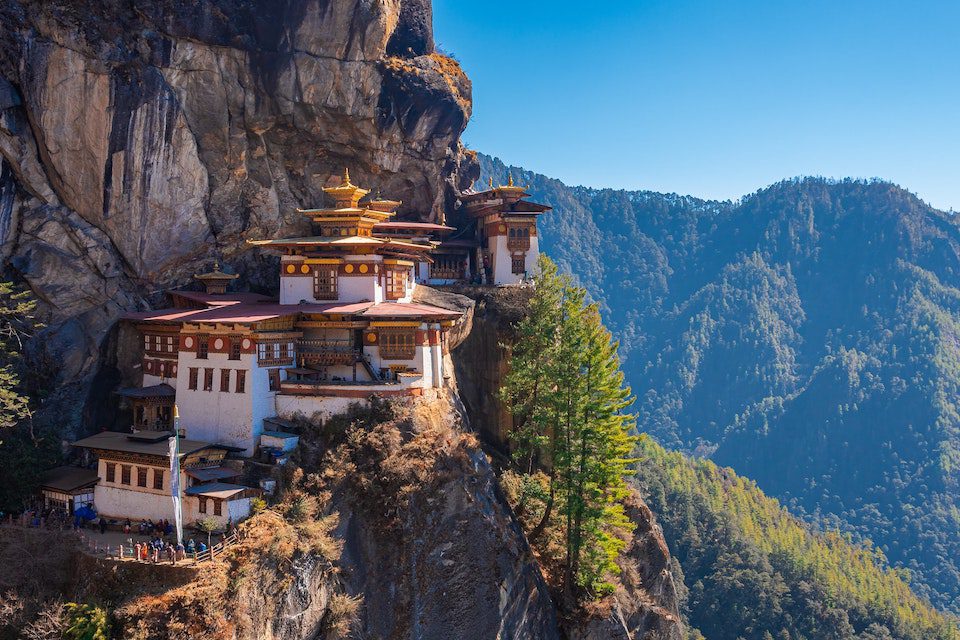

Tiger’s Nest in Paro, Bhutan / Photo by Kinshuk Bose on Unsplash
2. Haida Gwaii, British Columbia, Canada
This isolated archipelago off British Columbia’s west coast is one of Canada’s best-kept secrets. Once named the Queen Charlotte Islands, its name was changed to Haida Gwaii (islands of the people) under the Haida Gwaii Reconciliation Act in 2010. European settlers almost wiped out the Indigenous people as they brought smallpox and tuberculosis to the islands, reducing the population from nearly 20,000 to 600. Adventurous travellers will be drawn by the opportunity to visit one of the hardest-to-reach national parks in North America, Gawaii Haanas National Park, which is accessible only by boat, kayak or seaplane. One of the park’s distinguishing features is SGang Gwaay, a former village ravaged by smallpox, and named a UNESCO World Heritage site in 1981 for its collection of the world’s oldest original standing totem poles. Teeming with wildlife distinctive to the archipelago, visitors can observe black bear, pine marten, river otter, Haida ermine, dusky shrew, silver-haired bat, California myotis, Keen’s myotis, little brown bat, and deer mouse. Gwaii Haanas is internationally renowned for the 1.5 million sea birds nesting on the islands, including the Ancient Murrelet. Whales, dolphins, sea lines and other marine mammals inhabit the surrounding waters.
To learn more about Haida art and culture, visit:
Haida Gwaii Museum
Bill Reid Art
Museum of Anthropology at UBC
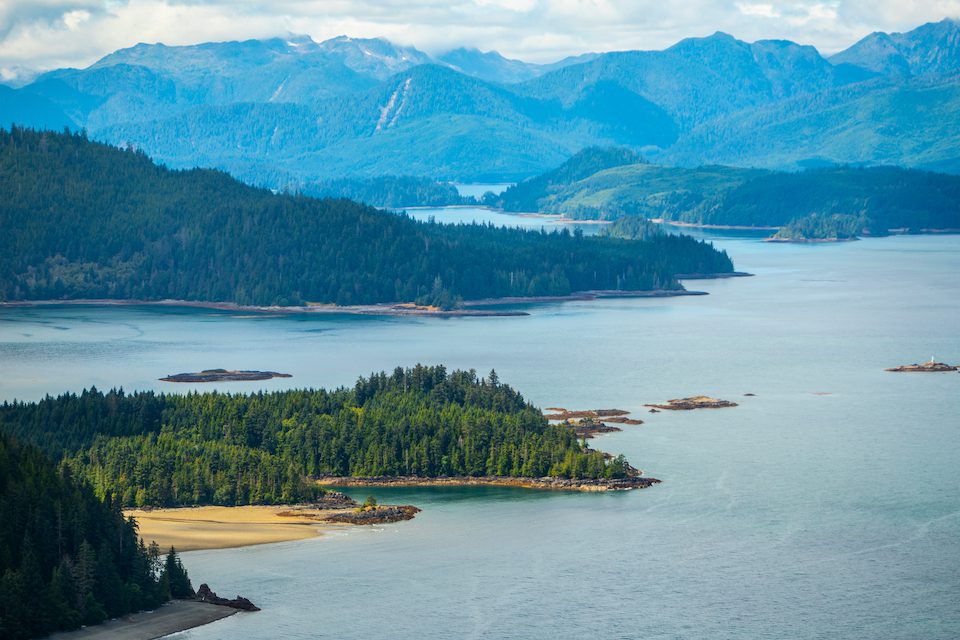

Aerial view of the islands of Haida Gwaii, British Columbia / Photo by Kenneth Lawrence on Shutterstock
One woman’s experience of Haida Gwaii
by Carolyn Ray
Carole Neron visited Haida Gwaii as part of a two-month exploration of Western Canada in 2001. While the trip was many years ago, the emotions have stayed with her for years. She connected to Haida culture through storytelling from the elders, hiking in pristine natural forests and learning about Haida crafts such as baskets and blankets. One memory stands out: Carol recalls a magical early morning kayak, where otters playfully popped up around her kayak, and she spotted brightly coloured starfish in the clear, quiet waters.
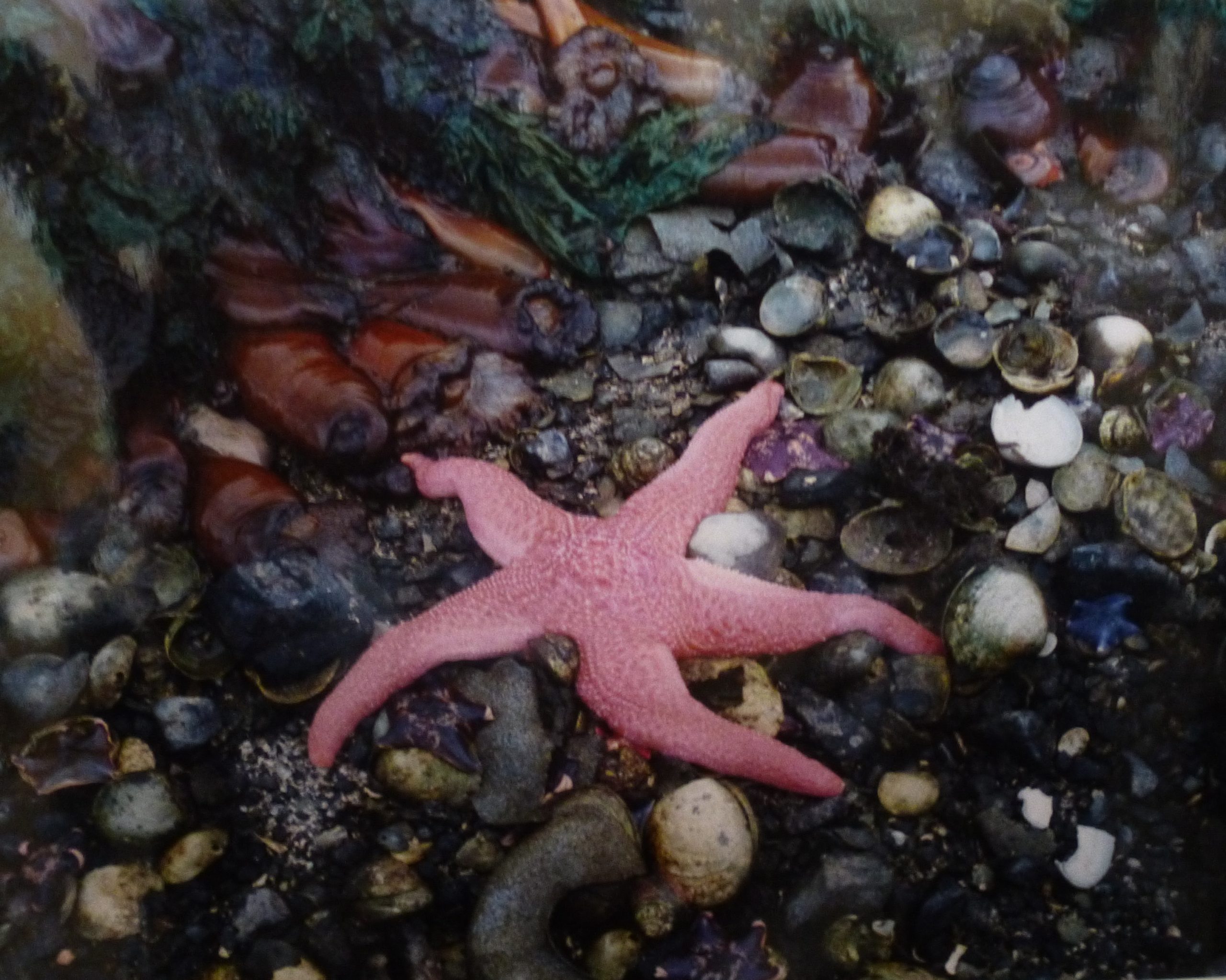

“Once you take the time to learn more and speak with indigenous people, you can’t help as a white person to feel your privilege,” she says. “As women, it’s important that we support indigenous people and cultures as much as we can. It needs to be intentional – from doing something like a trip and seeking out those places, to reading, to examining who your friends are and asking how you can create that in your life?”
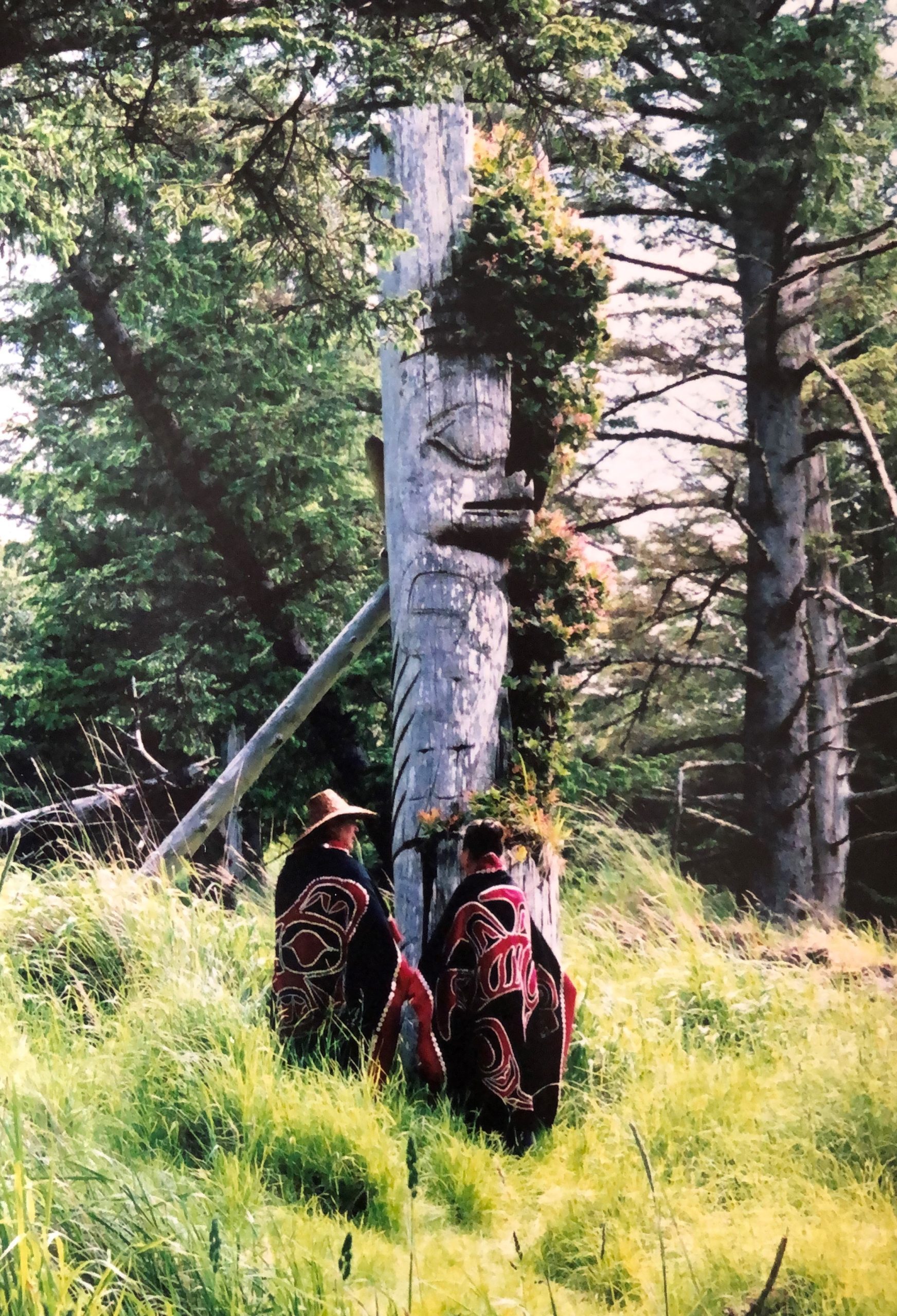

Elders with ancient totem at SGang Gwaay Linagaay Village on Anthony Island, UNESCO World Heritage Site – Photos by Carole Neron
3. Lampedusa, Italy
Italy’s southernmost island, Lampedusa boasts sun-bleached beaches and shallow waters teeming with marine life, making it a mecca for divers and snorkellers. Closer to Africa than it is to Europe, this island boasts the environmental characteristics of two continents. In summer, loggerhead sea turtles lay their eggs on the Spiaggia dei Conigli (Beach of Rabbits), where they receive support from WWF volunteers and the Sea Turtle Recover Centre, which is free for tourists to visit and learn about human impact on the environment. The island is also rich in prehistory, boasting ancient structures from Neolithic, Roman and Byzantine eras. There are more than 200 timpuna (stone circles), each a few dozen centimetres high and grouped together, on the island.
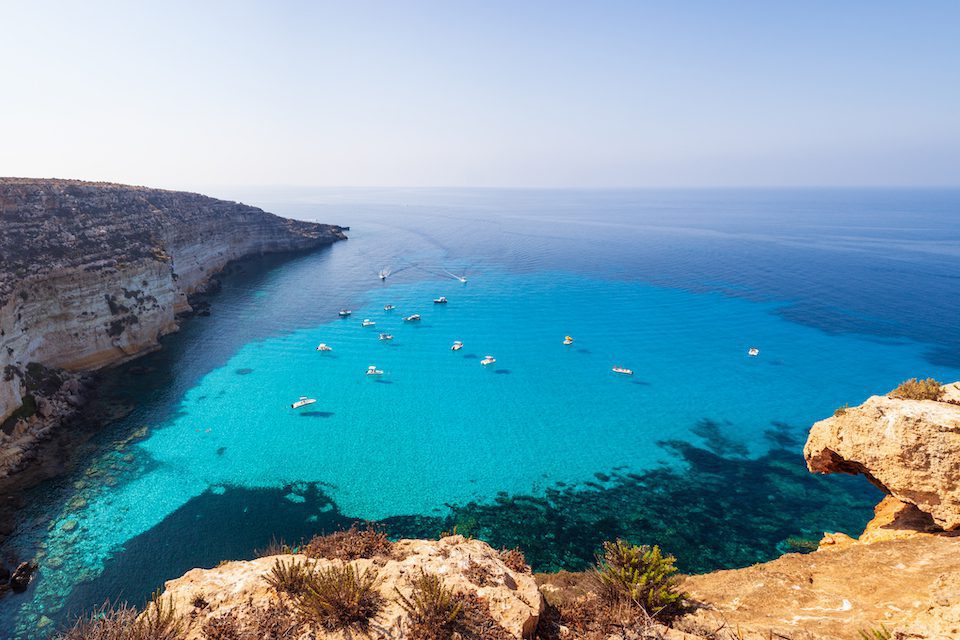


View of Tabaccara, Lampedusa / Photo by bepsy on Shutterstock
4. Mongolia
Dubbed the land of the blue sky for its 260-plus clear days a year, Mongolia is the world’s most sparsely populated country – with up to 40% of its people living a nomadic lifestyle. Most Mongolians live in a ger (yurt), and even city-dwellers summer in them. Half of the country’s population lives in its capital city, Ulaanbaatar, which is also the world’s oldest capital. You can find the world’s oldest national park here – Uul Biosphere Reserve, which was declared a national park by the Mongolian government in 1778 and named a UNESCO World Heritage Site in 1996. Mongolia is home to the Gobi Desert, Asia’s largest, regarded as the world’s largest dinosaur fossil reserve. Horses are a symbol of Mongolia and a way of life: The horse population outnumbers the human one. One thing Mongolians are known for is their hospitality. Because they live nomadic, communal, and largely isolated lives, visitors are welcomed with open arms (and fermented milk).
Read about what to wear in Mongolia here.
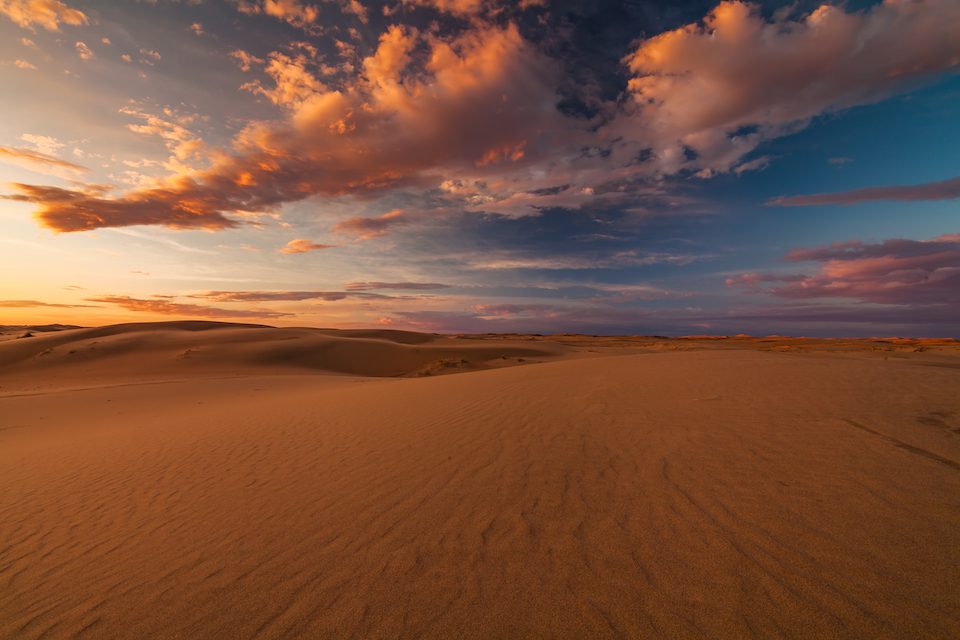

Beautiful views of the Gobi Desert, Mongolia / Photo by antonpetrus on Envato
5. Moldova
One of the least visited destinations in Europe, the tiny landlocked nation of Moldova is nestled between Romania and Ukraine. The capital city of Chisinau was founded in 1420 and had to be rebuilt after a 1940 earthquake and the ravages of WWII. The country boasts the world’s two largest subterranean wine cellars: Mileștii Mici, a 200-kilometre (120-mile) complex that holds almost 2 million bottles; and the can’t-miss underground wine city of Cricova (120 km/75 miles long). On October 3-4 (National Wine Day), the country’s wine producers open their homes and vineyards to locals and visitors. History lovers can explore archeological complex and UNESCO World Heritage Site Orheiul Vechi and its Cave Monastery, which contains echoes of the Dacian tribes that called the area home more than 2,000 years ago. Another must-see attraction is Emil Racovita in Criva, the world’s eighth greatest cave. This tiny country packs a big explorer’s punch!
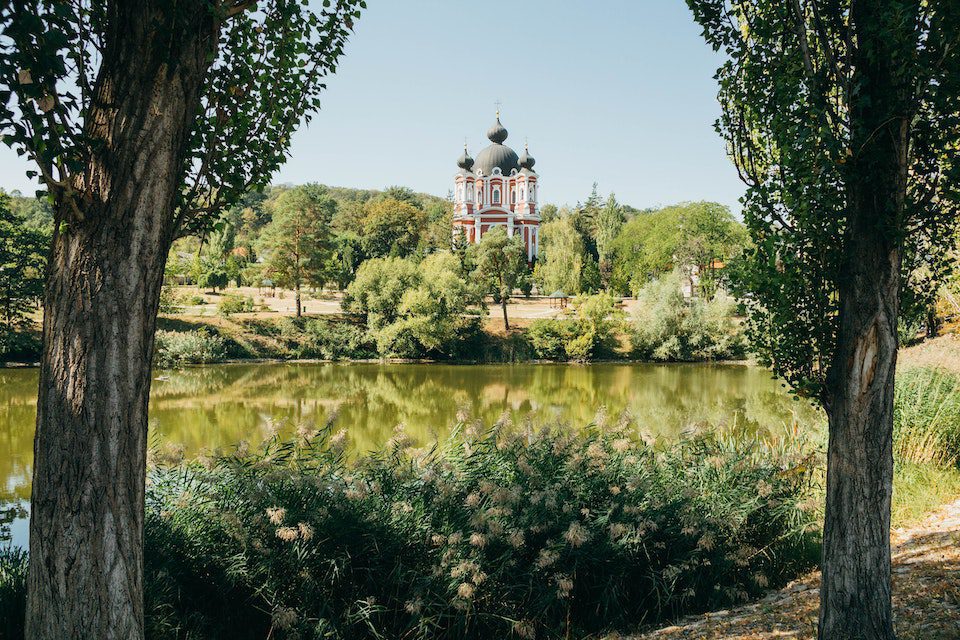

Manastirea Curchi, Orhei, Moldova / Photo by Oksana Simanovscaia on Unsplash
Do you have a recommendation for an off-the-grid destination that should be a siren call to adventurous JourneyWomen?
Share it with us!
More Off-the-Beaten-Path Destinations Around the World
Canada’s Hidden Gems: Discover Vancouver with Dawn Chubai
Canadian media expert and on-air broadcast professional Dawn Chubai shares her hometown travel tips for Vancouver, BC, with hidden gems for women over 50 to explore.
Scotland’s Hidden Gems: Travel to Dornoch, Scotland With Cynthia Dale
Television and theatre star Cynthia Dale shares her hometown travel tips for Dornoch, Scotland, with hidden gems for women over 50 to explore.
Canada’s Hidden Gems: Travel to Sidney-by-the-Sea, B.C. With Erin Davis
Canadian media personality Erin Davis calls her new hometown Sidney-by-the-Sea, B.C., “a sea change” from her Toronto life.




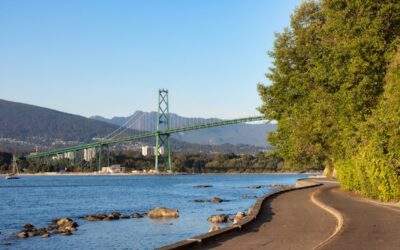
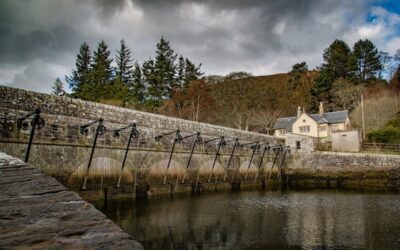
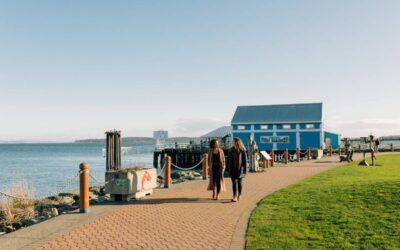
These are indeed some great destinations! Bhutan is #1 on my list 😀